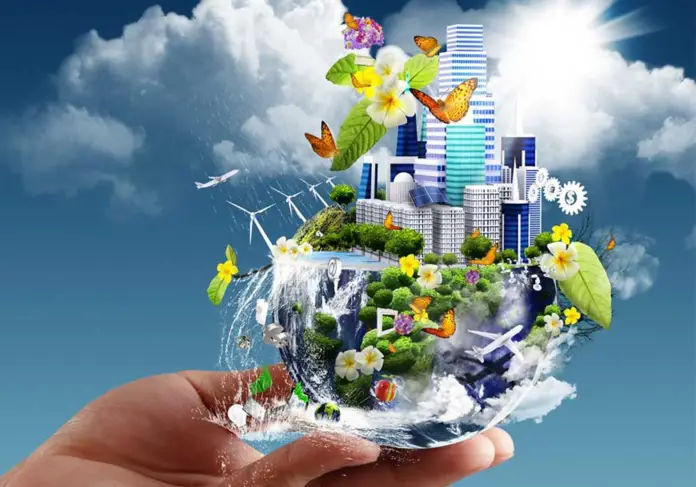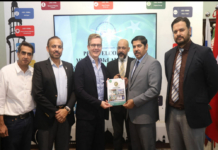ISLAMABAD: Minister for Power Engineer Khurram Dastgir on Tuesday said a mega energy conservation program would be placed before Prime Minister Shehbaz Sharif for approval and its announcement in the near future.
Addressing the concluding session of inception workshop on “Development of an SDG7 Road Map for Pakistan” organized by SDPI, the minister said goal has already been set up to switch towards 60 per cent of renewable clean energy by 2030 as imported fuel was not affordable. National Energy Efficiency & Conservation Authority (NEECA) has also put forward Pakistan first energy efficiency and conservation policy 2022 highlighting interventions required to reduce energy demand.
He said Pakistan is committed to the 2030 Agenda for Sustainable Development Goals (SDGs) in 2015 and adopted the SDGs as part of its national development agenda in 2016. Over the past few years Pakistan has observed significant progress in both targets of SDGs. As per the recently published report from UNDP, 96% population of Pakistan in 2019-2020 had access to electricity which also includes 5% population that was off grid, he said.
He said among different provinces, Sindh has the highest percentage, 97.5%, followed by Punjab 95%, KP 92% and Balochistan with 75% electrified population in 2018-19. Similarly, population with access to clean fuel and technology, Pakistan observed an increase from 35% in 2018-19 to 37% in 2019-20. The highest percentage of clean fuels and technologies are being used in Sindh 55%, followed by Punjab 50%, Balochistan 37% and KP 32%, he said. Electricity consumption in Pakistan lags its peers and electricity access is still limited, particularly in rural areas.
He said providing electricity access to all by 2030 would require significant investments. The total electricity consumption is expected to increase by 78 percent between 2019 and 2030, reflecting population growth as well as higher per capita consumption due to the expansion of the electricity grid to achieve universal coverage and economic growth, he said. He said to keep up with this higher consumption, Pakistan would need to invest an aggregate amount of $24.5 billion by 2030, equivalent to spending 0.7 percent of GDP every year from 2020 to 2030.
He said under the updated Nationally Determined Contributions (NDCs), Pakistan has mentioned the targets of 15% emission reductions by 2030 using the country’s own resources and 50% by 2030 based on the availability of international finance. Under these revised NDCs, Pakistan has also identified the market and non-market-based approaches to help diversify the funding sources, including Nature Performance Bonds, Green/Blue Bonds, Carbon Pricing Instruments, etc.
He said for the clean energy transition actions mentioned under the NDCs, the total required investments were estimated to be $101 billion by 2030 and $165 billion by 2040. Khurram said National Electric Power Regulatory Authority (NEPRA) has recently approved competitive trading bilateral contracts market (CTBCM) to transition from a one-buyer electricity market to a multi-buyer model.
A multi-buyer model would assist the government to transition towards a competitive market for increasing operation efficiency and decreasing the price of electricity to the consumers, he said. He said under the Pakistan Electric Vehicle Policy, Pakistan was looking for a robust EV market with a 30 % and 90 % share in passenger vehicles and heavy-duty trucks by 2030 and 2040, respectively.







